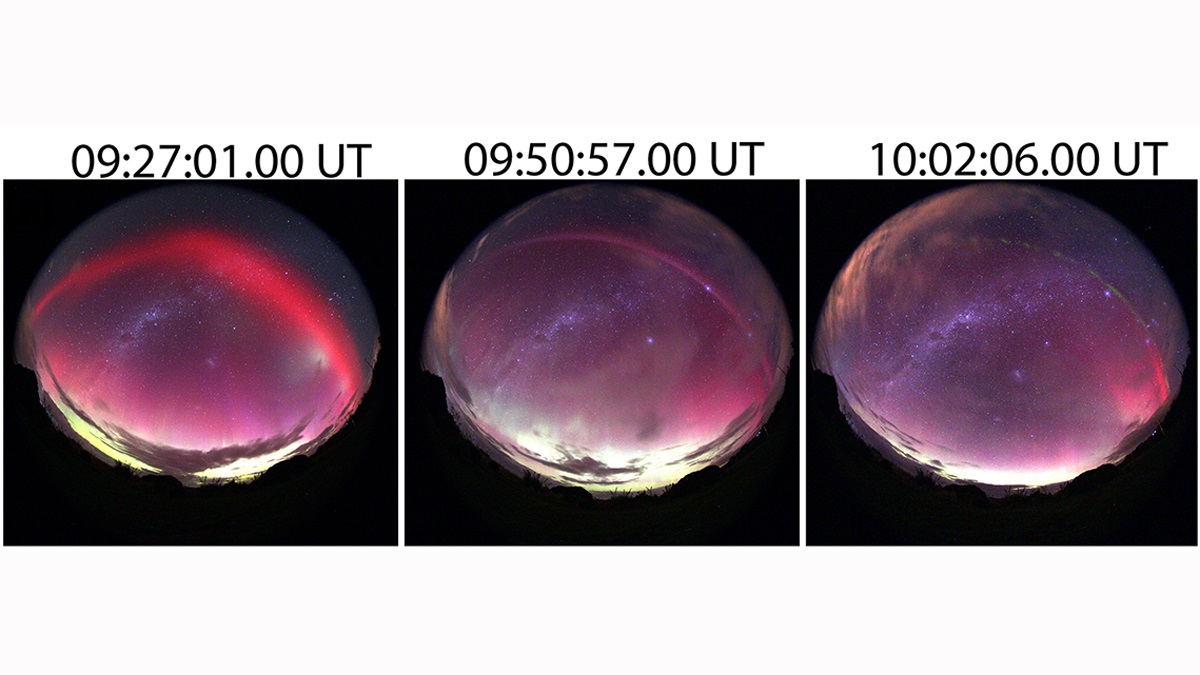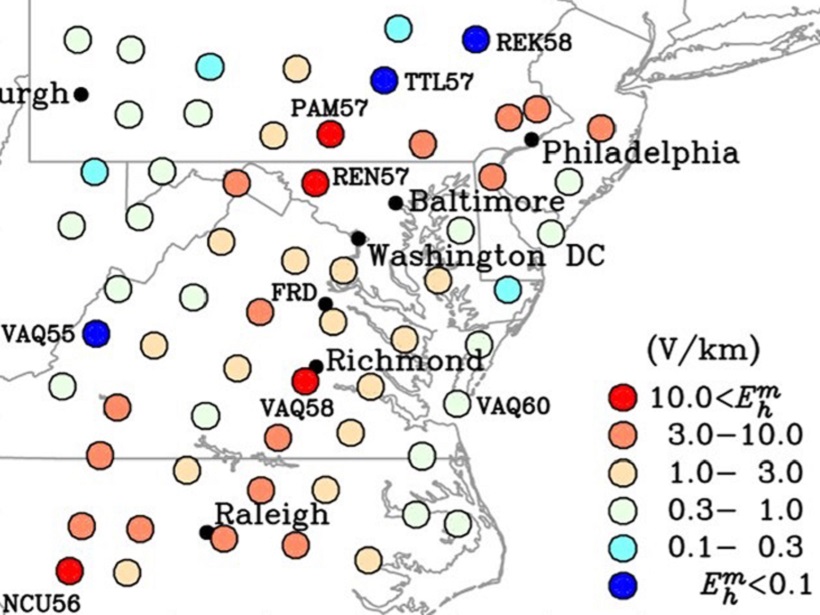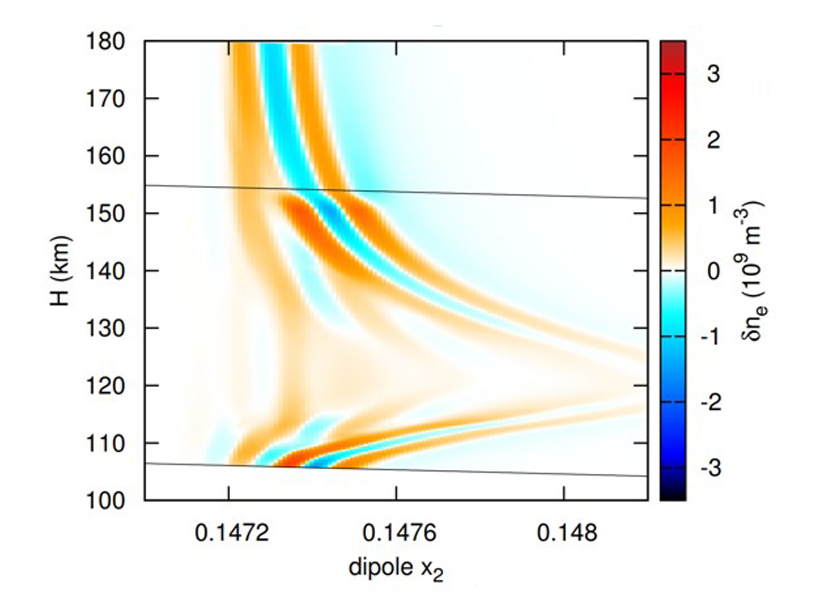Scientists present the first direct observations on the rapid evolution of a bright red auroral arc into a thin white-mauve arc known as STEVE.
Gang Lu
Editor, Geophysical Research Letters
Posted inEditors' Highlights
Amateur Radio Observations Help Monitor Space Weather
Amateur radio observations provide a new method for studying large-scale ionospheric disturbances and HF communication impacts, and are important applications in ionospheric space weather monitoring.
Posted inEditors' Highlights
Mapping Extreme-Value Geoelectric Fields
To help mitigate magnetic storm interference on electric power grid operations, extreme-value geoelectric fields have been mapped across the mid-Atlantic United States.
Posted inEditors' Highlights
New Observations of Mysterious Radar Echoes
Exploring the relationship between solar extreme ultraviolet radiation flux and 150-km radar echoes.
Posted inEditors' Highlights
New Insight into Ionospheric Feedback Instability
A new modeling effort could change our understanding of auroral arc formation.





